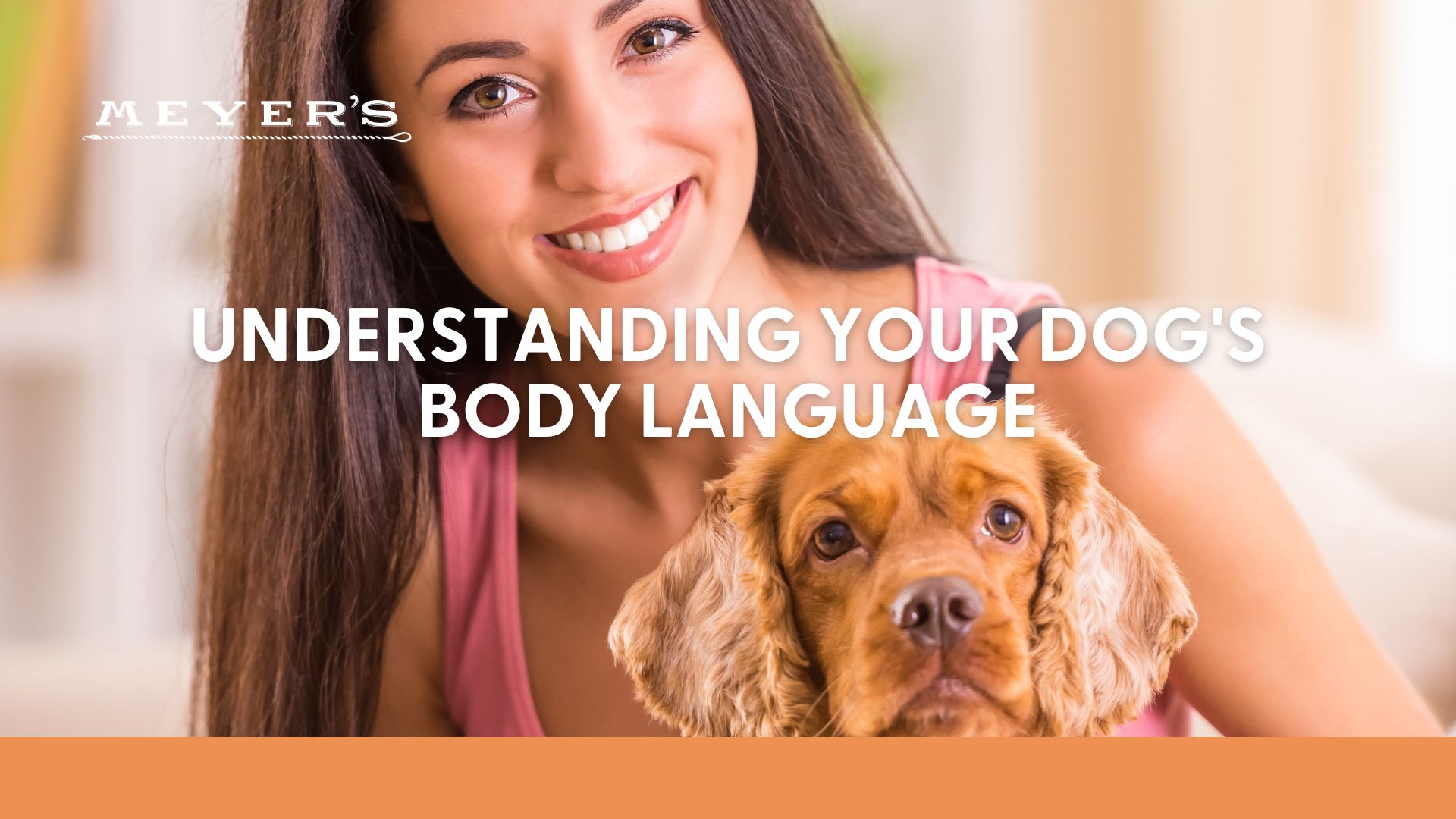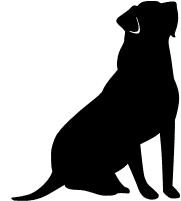
Understanding Your Dog’s Body Language
Dogs have been man’s best friend for thousands of years. They are our loyal companions and can be a great source of comfort in times when we feel lost, insecure, or lonely. However, there is one thing that often goes unnoticed about dogs: their nonverbal communication skills! Understanding how your dog communicates with you is key to understanding what they may need at any given moment- whether it’s cuddles from someone who loves them dearly or an exciting game outside on the lawn.
Aggressive Dog
- Clenched mouth – This shows that something is holding his attention. If that something is another canine, it might escalate to aggressive behavior.
- Raised hair on the back of his neck – Sometimes dogs play aggressively. The best way to tell whether he is playful-aggressive or angry-aggressive is by the hair on his back right behind the head. If the hair is up and stiff, it’s a sign of being angry and aggressive.
- Crouched down – If a dog shifts their weight backward, it may be because they are getting ready to lunge themselves forward, which could escalate quickly.
- Hard stare – If a dog is glaring at you or another dog, he might not be aggressive at the moment. But, it could lead to aggressive behavior with barking or trying to pounce.
Submissive
- Looks away – Shows trust (especially around people) and is non-threatening around animals.
- Exposes belly – If a dog rolls over on his back, this signals trust and submission. Submissive dogs will do this when playing with other dogs too.
- Licks lips or nose – A pup will lick his nose to keep it moist for smelling, but he will also do so when he is nervous or anxious.
- Licking – If dogs are licking other dogs, it could show respect to the more dominant dog. Dogs also lick themselves and humans. There are many reasons why dogs lick.
Timid
- Shivering – Shivering or trembling can mean anything from a dog being sick to overwhelming excitement. First, you have to figure out if the shivering is common or if it only happens in certain situations. Trembling around certain people or objects is a sign of timid behavior or past trauma. Get more information on dogs shaking and shivering.
- Yawning – Yawning is a way to remove internal tension. This behavior could mean a dog is uncomfortable about something. This type of timid behavior rarely leads to aggression.
- Eyes extremely wide open (body tense) – Another sign of fear.
- Ears pinned to his body – This behavior usually comes with a tail between the legs and is a sign he is scared.
Excited
- Panting – Panting can be a sign that your dog is excited. But it also can mean your dog is tired or expelling heat from his body. If you’re outside in the heat, find some shade, water to drink, and take your dog inside to cool down. Learn more about the signs of heat stroke so you can prevent a dog from overheating.
- Eyes extremely wide open (body moving) – Canines love to show their excitement through body cues, but also with their eyes. Wide eyes could mean he is overly excited.
- Barking – Barking could be your dog’s way of saying that he’s happy to see another dog on the television or out the window. Learn more about what else barking means below.
- Chasing his tail – A dog might run around in circles to demonstrate that he’s happy. It could also be boredom or another behavioral issue. Check out why dogs chase their tails.
When it comes to taking care of your pet, there is a lot of information out there. As owners you just want the best for them. Meyer’s Tails Up Farm helps owners understand their dogs’ language to grow the relationship and give them the life they deserve. With a custom plan, you will know exactly what to do to become your dog’s hero. Meyer’s Tails Up Farm is piloted by owner Kent Meyer, third generation dog person who has trained dogs for decades. Visit us online today to learn more and don’t forget to follow us on Facebook!

